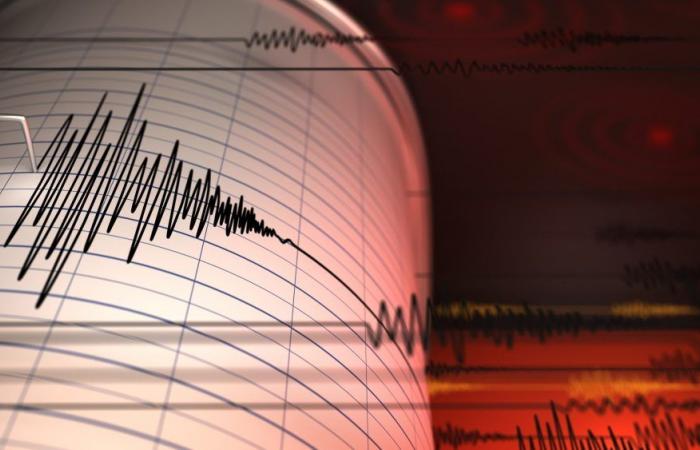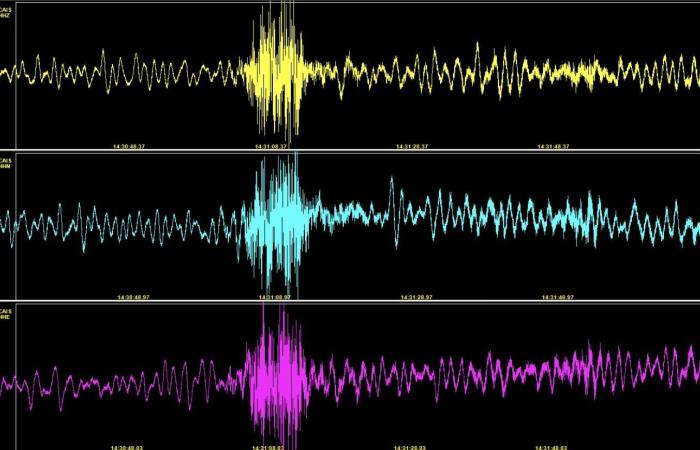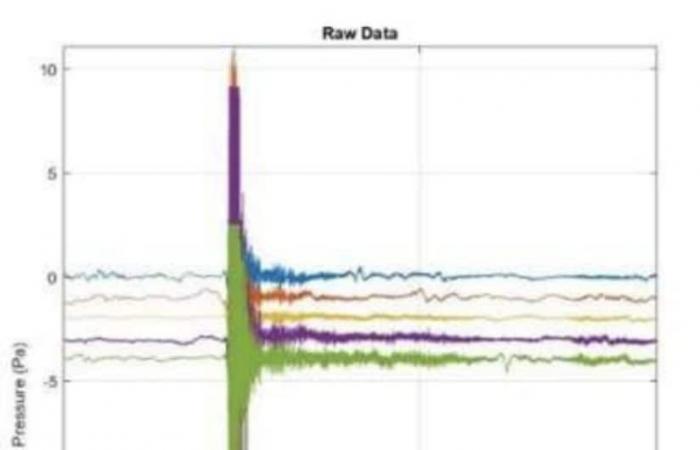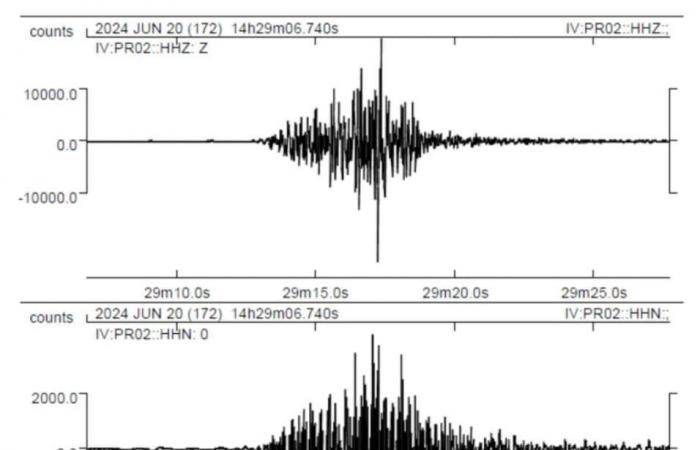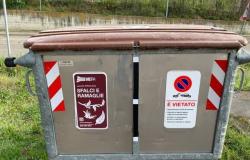The loud bang which was felt in Tuscany at 4.29pm of yesterday Thursday 20 June 2024 could have been caused by a meteor exploded in the atmosphere, and not from an earthquake with its epicenter on the Island of Elba or from a military fighter, as had initially been thought. This would be confirmed by an analysis ofTuscan Geophysical Institute. The energetic roar frightened thousands of people on the coast in the provinces of Livorno and Grosseto, including the islands of the Tuscan archipelago, with numerous reports of vibrations that made the walls tremble and the windows rattle, and many people who were scared leave the house. The first thought obviously went to a earthquake which would have affected the area between Versilia and Arengario, with a probable epicenter on the Island of Elba.
However, here comes the first piece of this “mystery”. The INGV (National Institute of Geophysics and Volcanology) recorded the event with the CAIS seismic station on the island of Capraia, establishing however that it wasn’t an earthquake. According to the findings, the waves propagated in the earth’s crust with a speed too low“just” 0.4 km/s against typical values of 5-6 km/s.
The INGV analysis therefore concludes that “the most probable hypothesis is that it was an event originating in the air”. The idea of. then takes hold sonic boom, that is, the roar heard on the ground when an aircraft breaks the sound barrier. Airliners do not reach these speeds, but it can happen that military aircraft do, and in fact Grosseto is home to the Air Force base where the pilots of the Air Force train. Eurofighter, fighter planes capable of breaking the sound barrier. It wouldn’t be the first time that military planes produce a sonic boom felt by the population and by seismographs: it happened for example last summer in the Marche region.
However, the hypothesis was quickly discarded for two reasons. First of all, the area in which the explosion was heard is too large to be caused by fighter planes. Secondly, the Air Force – consulted by the president of the Tuscany Region Eugenio Giani – denied that its aircraft had broken the sound barrier in the Tuscan skies.
At this point, bizarre theories have begun to blossom on social media based mainly on the coincidence of this event with the Sahara dust that is hitting Italy in recent days. In the meantime, however, the third and most probable scientific hypothesis was making its way: that of exploded meteor. Generally these phenomena appear to us as luminous fireballs (like the one spotted on June 4th in Central-Northern Italy), but during the day it is much more difficult to see the light and a sufficiently violent explosion can also be recorded by seismographs, as happened at the end December in Basilicata.
L’Tuscan Geophysical Institute (IGT) recorded the event with the seismo-acoustic station a Camp in Elbacapable of detecting not only seismic waves but also seismic waves infrasound, that is, sound waves with frequencies lower than those to which the human ear is sensitive. The infrasonic signal measured by the IGT was extremely intense, with “an amplitude ten times greater than previously recorded events.” Infrasonic sensors were even saturatedthat is, they recorded the maximum pressure they are able to measure (25 Pa peak-peak).
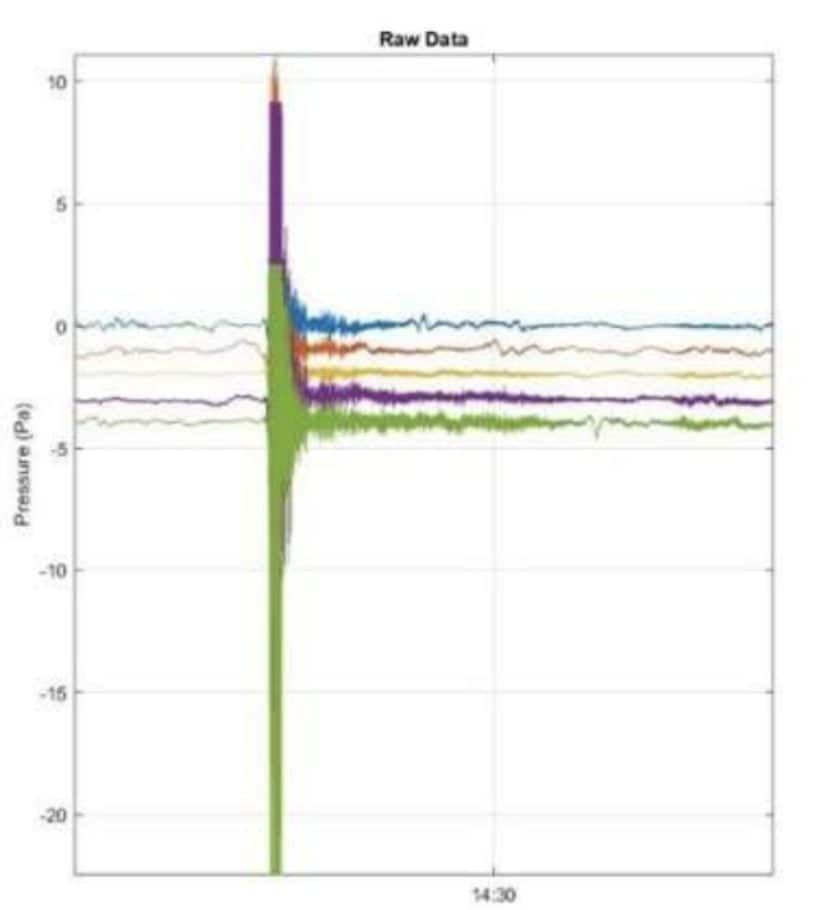
By cross-referencing the acoustic data with the seismic data, the IGT concluded that the source of the event was located at south of Monte Cristo and the shock wave that produced the roar was moving a 0.4km/s (thus confirming the INGV data) with a trajectory from 70° (east) to 280° (west) with respect to the seismo-acoustic station. (We reiterate that 0.4 km/s is the speed of the shock waveNot of the source, which presumably being a meteor should be at least 10-15 km/s.) The Institute concludes that «among the various possible interpretations, subject to study and verification in the next few days, that of a fireball entering the atmosphere seems the most plausible and consistent with the registered data”. Further analysis will clarify the issue, but at the moment the issue of the exploded meteor remains the most likely hypothesis.
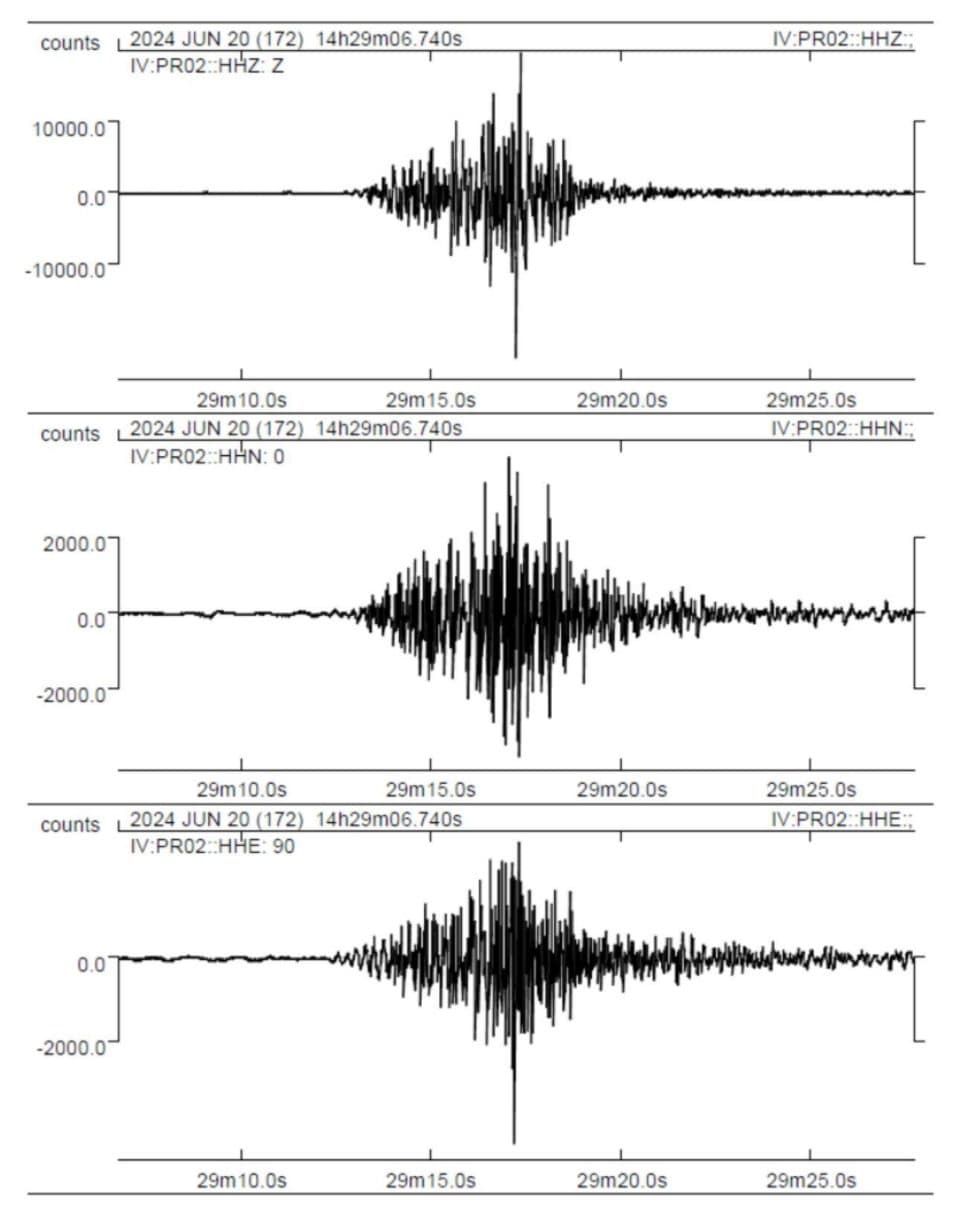
At this point the question is: if there was a violent explosion in the sky, is it possible that some camera recorded the event? In Italy the reference project for monitoring meteors and fireballs is PRISM (First Italian Network for the Systematic Surveillance of Meteors and Atmosphere), managed by the National Institute of Astrophysics, but so far no reports to this effect have arrived from the nearest cameras, in Portoferraio and Piombino. This is actually not surprising: the event happened in broad daylightso any brightness of the event would have been “buried” by daylight.

